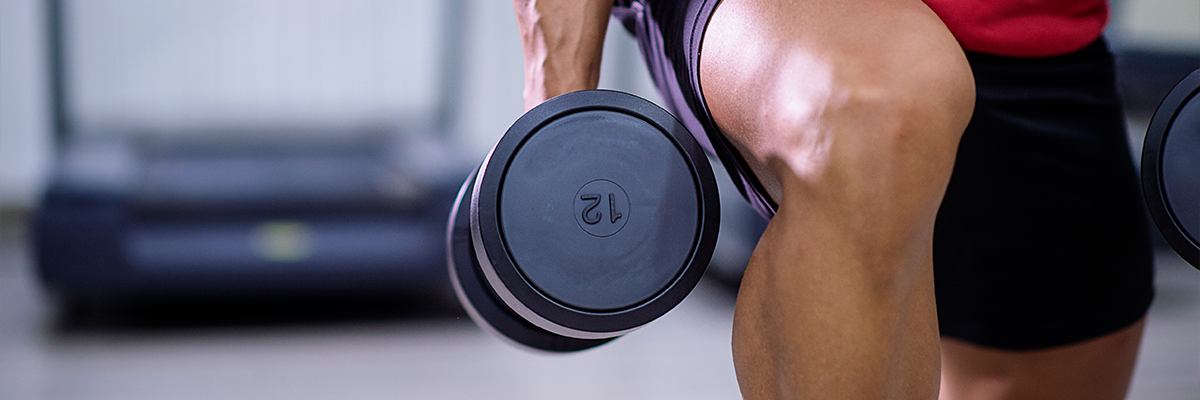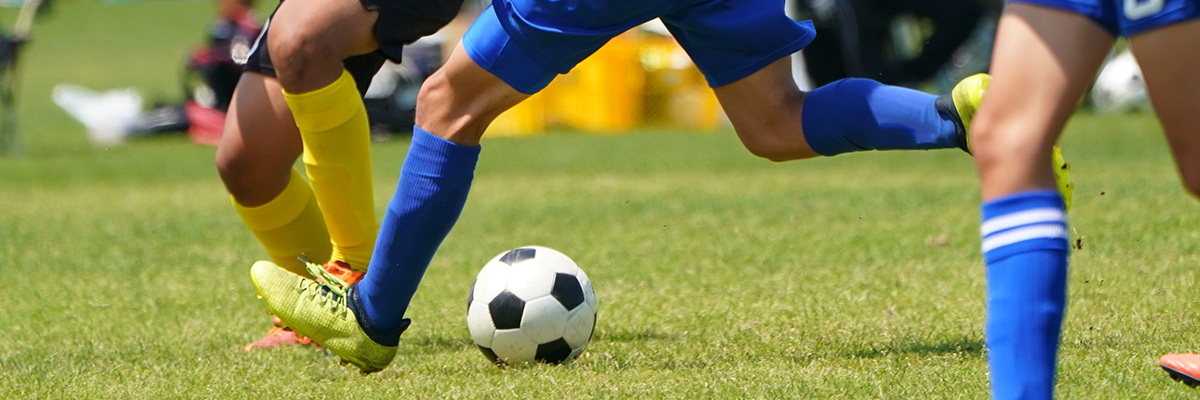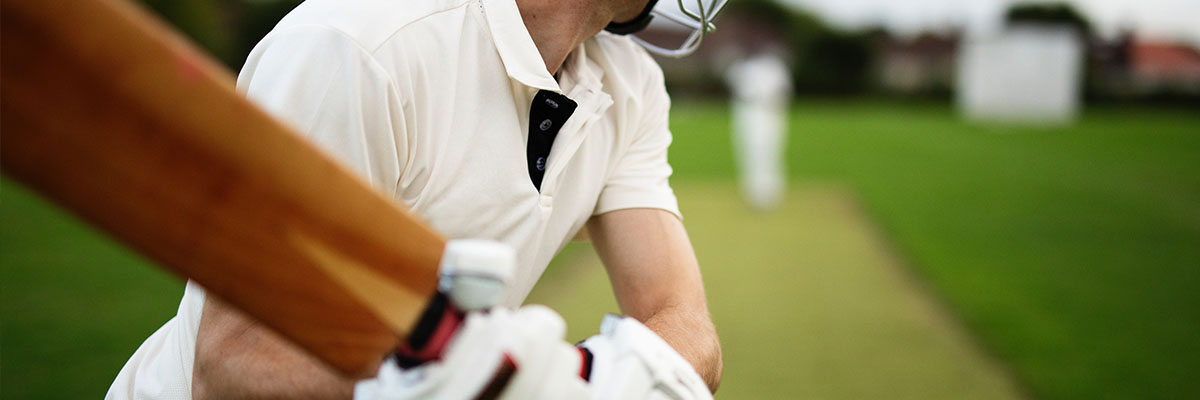CATEGORY osteochondral allograft
Bone Marrow Aspirate Concentrate May Decrease Reoperation in Osteochondral Allograft Transplantation: A Prospective, Randomized, Double Blind Investigation
Augmenting osteochondral allografts with bone marrow aspirate concentrate (BMAC) may reduce the need for additional surgeries, offering patients greater confidence and a smoother recovery following transplantation.
Read moreOsteochondral Allograft Chondrocyte Viability Is Affected During Harvest by Irrigation Temperature and Reamer Speed
This study finds that irrigation with 5°C saline can protect chondrocyte viability during plug harvest.
Read moreEvaluation of the Femoral Condyle Radius of Curvature at the Chondral Surface Shows Significant Correlation With the Anterior-Posterior Length
Condyle length remains one of the most reliable indicators of the anterior-posterior radius of curvature.
Read moreMidterm Survivorship and Clinical Outcomes in Fresh Osteochondral Allograft Transplantation for the Treatment of Large Bipolar Lesions of the Knee
Large bipolar osteochondral defects can be salvaged via the use of OCAs.
Read moreOsteochondral Allograft Transplantation as a Salvage Procedure After Failed Index Cartilage Surgery of the Knee: A Systematic Review
Management of osteochondral defects following failed cartilage repair or restoration remains without well-established guidelines.
Read moreNo Association Between Donor Variables and Clinically Significant Outcomes, Reoperations, and Failure After Osteochondral Allograft Transplantation
Findings from this long-term, single-center study indicate that factors such as donor-recipient sex mismatch and donor age do not significantly impact graft failure
Read moreOutcomes of Osteochondral Allograft Transplantation for Femoral Head Cartilage Lesions: Minimum 2-Year Follow-Up
Osteochondral allograft (OCA) transplantation of the femoral head is an effective treatment for young, active patients.
Read moreComparison of Patient-Reported Outcomes for Immediate Unrestricted Weightbearing Versus Restricted Rehabilitation Protocols After Osteochondral Allograft Transplantation to the Distal Femur
Postoperative unrestricted weightbearing suggests that after OCA transplantation, unrestricted weightbearing could provide patients with more flexibility and convenience during their rehabilitation process.
Read moreOsteochondral Autograft and Allograft for Knee Cartilage Injuries – An International Delphi Consensus Statement
To establish a consensus statement on osteochondral allografts (OCA) in the setting of cartilage defects in the knee.
Read moreSurvivorship After Lateral Meniscal Allograft Transplantation Plus Concurrent Cartilage Procedure in Patients with Poor Cartilage Status: A Comparative Study Purpose
This study finds that in patients with bipolar cartilage lesions, a concurrent cartilage procedure may improve the status of an allograft after lateral MAT.
Read moreMedial femoral condyle width and osteochondritis dissecans: cause or effect and the implications for osteochondral allograft transplantation
This study finds evidence that a wider MFC might be causal in the development of OCD.
Read moreOsteochondral Allografts for Large Oval Defects of the Medial Femoral Condyle: A Comparison of Single Lateral Versus Medial Femoral Condyle Oval Grafts Versus 2 Overlapping Circular Grafts
The use of oblong ipsilateral MFC and contralateral LFC OCAs can provide a better surface contour match than overlapping circle grafts for oblong defects in the MFC.
Read moreOsteochondral Allograft for Unsalvageable Osteochondritis Dissecans in the Skeletally Immature Knee
Ostechondral allografts treatment for unsalvageable OCD in the young knee may be expected to yield excellent early results
Read moreOutcomes of Bulk Fresh Osteochondral Allografts for Cartilage Restoration in the Knee
Fresh OCA's provided promising long-term graft survival and functional improvement in patients <50 years old. It can delay or prevent the need for total knee arthroplasty in young patients.
Read moreMetrics of OsteoChondral Allografts (MOCA) Group Consensus Statements on the Use of Viable Osteochondral Allograft
This paper develops consensus addressing controversies in treatment of cartilage and subchondral defects with OCA transplantation.
Read more Download PDFOsteochondral Allograft Transplant for Focal Cartilage Defects of the Femoral Condyles: Clinically Significant Outcomes, Failures, and Survival at a Minimum 5-Year Follow-up
This study evaluates clinically significant outcomes, failures, and graft survival rates after osteochondral allograft (OCA) transplant of the femoral condyles at a minimum of 5-year follow-up.
Read moreUtility of Allograft Talus as a Source for Grafting of Concurrent Humeral and Glenoid Defects
This publication compares morphologic data of the talus using magnetic resonance images with previously reported values of the humeral head and the glenoid as a potential graft source for both the humeral head as well as glenoid reconstruction in the setting of concomitant glenoid and humeral head defects.
Read moreOsteochondral Fresh Allograft Transfer to Address Osteochondral Defect of the First Metatarsal Head in Early Hallux Limitus
Osteochondral fresh allograft transfer of the first metatarsal can be an accepted surgical management option for early stages of hallux limitus.
Read moreComparison of Autologous Chondrocyte Implantation and Osteochondral Allograft Transplantation of the Knee
This paper compares differences between autologous chondrocyte implantation (ACI) and osteochondral allograft transplantation (OCA) of the knee in a large insurance database.
Read moreOsteochondral Allograft Transplant of the Patella Using Femoral Condylar Allografts: MRI and Clinical Outcomes
In this study, patellar OCA using nonorthotopic FCA led to significant short-term improvements in pain and patient-reported outcomes.
Read more



